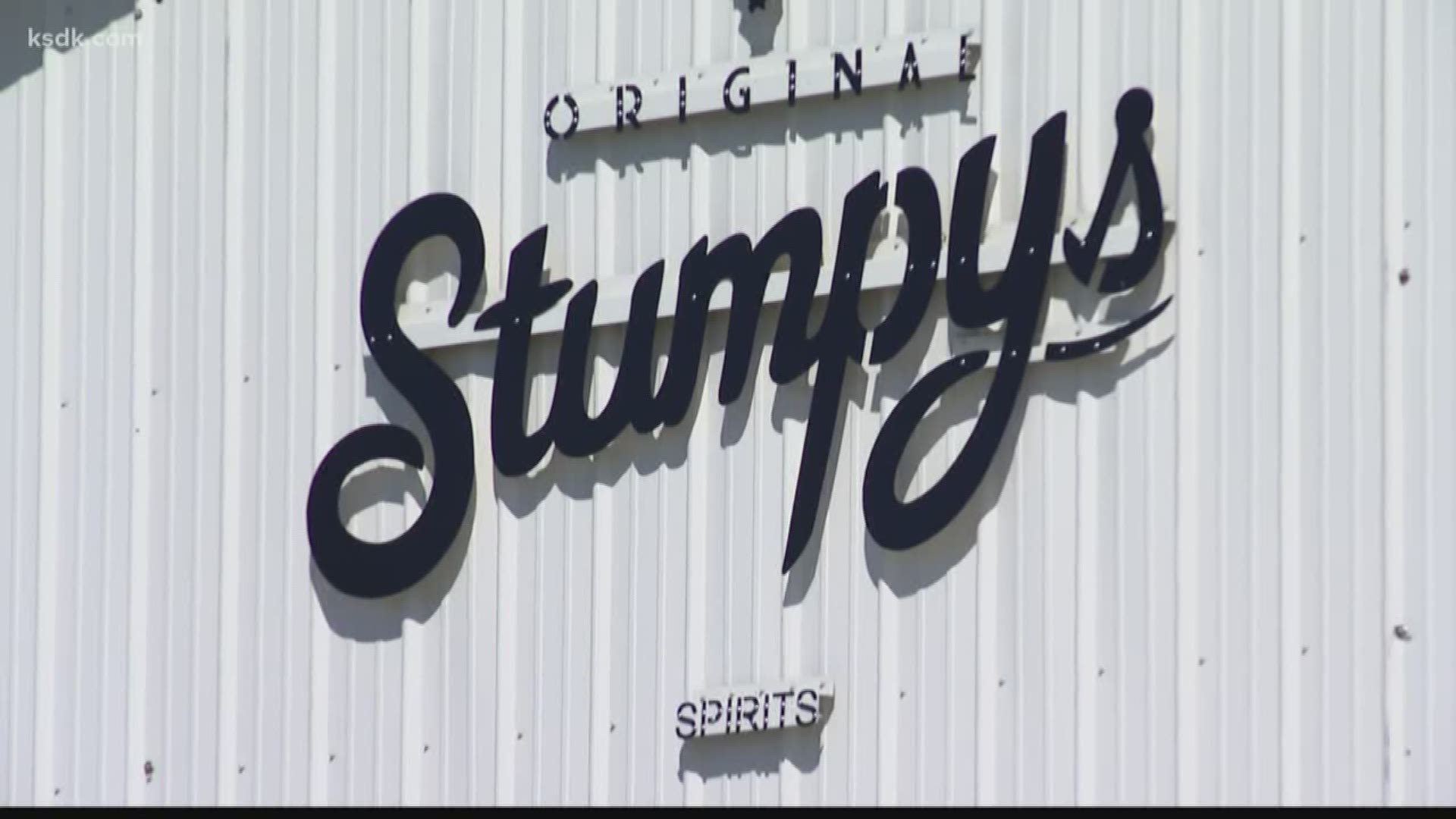ST. LOUIS — Washing your hands is still one of the simplest and most essential ways to combat the coronavirus, but without soap and water readily available, hand sanitizer is a helpful alternative — if you can find it.
Alcohol-based sanitizers help prevent the spread of germs and promote hand hygiene as a simple alternative to traditional washing, according to World Health Organization (WHO) guidelines. While most pre-made sanitizers have been selling out on store shelves for months, WHO said you can make it just as well at home, and you don’t need distillery equipment or a chemistry degree to do it. They even posted a guide to how to make your own hand sanitizer online using three ingredients: isopropyl alcohol, glycerin, and hydrogen peroxide, plus water.
Webster University’s Tony Wallner is the Dean of the College of Arts and Sciences and a chemistry professor who helped translate the WHO recipe into one you can more easily make in your own kitchen.
“When you don’t have access to soap and water, this, of course, you can transport quite easily with you, you can have smaller bottles you can take everywhere with you and it’s quite economical,” he said. “And it works.”
He recommends substituting glycerin with more readily accessible aloe vera gel — the kind you might use for sunburns.
“It’s called a humectant, it will help keeps your hands soft and give it that gel property,” said Dr. Wallner.
The following recipes depend on the concentration of rubbing alcohol you are using: WHO recommends 99.8% isopropyl alcohol but that's not as easy to find at drugstores as lower concentrations.
“With the 91% isopropyl alcohol, you would have the same amount of alcohol (75%) in the final mixture,” clarified Dr. Wallner. “Notice the alcohol amount has increased and the water has decreased from the first recipe.” While you may have 70% isopropyl in your medicine cabinet, it will not work for making hand sanitizer because when mixed with other ingredients, it would not be potent enough.
Dr. Wallner converted the measurements of the WHO’s recipe to be more kitchen-friendly, too. Both recipes will yield about a half a quart of sanitizer:
Hand sanitizer, 99.8% isopropyl alcohol-based
1 ½ cups + 2 tablespoons isopropyl alcohol (99.8%)
1 tablespoon + 1 ½ teaspoons hydrogen peroxide (3%)
½ tablespoon glycerin or aloe vera
¼ cup + 2 ½ tablespoons distilled water (or boiled, cooled water)
Hand sanitizer, 91% isopropyl alcohol-based
1 ¾ cups isopropyl alcohol (91%)
1 tablespoon + 1 ½ teaspoons hydrogen peroxide (3%)
½ tablespoon glycerin or aloe vera
¼ cup distilled water (or boiled, cooled water)
Mix the first three ingredients together in a large clean bowl; use the water to help rinse off the spoon used for the aloe to make sure you get every last drop, then add the water to the mixture, too. Stir into a sealed plastic, glass, or metal container. Dr. Wallner advises labeling the container with its ingredients and as “flammable, for external use only.” Allow it to sit for 72 hours before using it so the peroxide can kill off any spores or germs that may have gotten inside during preparation.
If you miss the store-bought hand sanitizer with the soothing fragrances or fun colors, Dr. Wallner said adding a few drops of essential oils or food coloring wouldn’t hurt the recipe — just keep all other proportions the same.
He also said this is something you can add to your list of activities and experiments to do at home with the kids, as long as it's with adult supervision and away from any potential source of fire due to the large proportion of alcohol in the recipe.
If the only alcohol you have in the house is in your liquor cabinet, Dr. Wallner says use only liquors with 190 proof or higher, like Everclear. In that case, substitute the isopropyl alcohol with 1 ¾ cups ethanol (96%). The recipes you may have seen online toward the beginning of the COVID outbreak recommending using typical vodka, for example, have been discounted since the alcohol is simply not strong enough to kill the virus.
Hand sanitizer needs to be made of at least 60% alcohol to be effective — but it also needs to be used properly. Dr. Wallner says you should rub it around on your hands and between your fingers until dry and for at least 20 seconds, the same amount of time you should spend washing your hands conventionally.
Whenever possible, Dr. Wallner echoes the advice of other medical professionals to wash your hands with soap and water.


